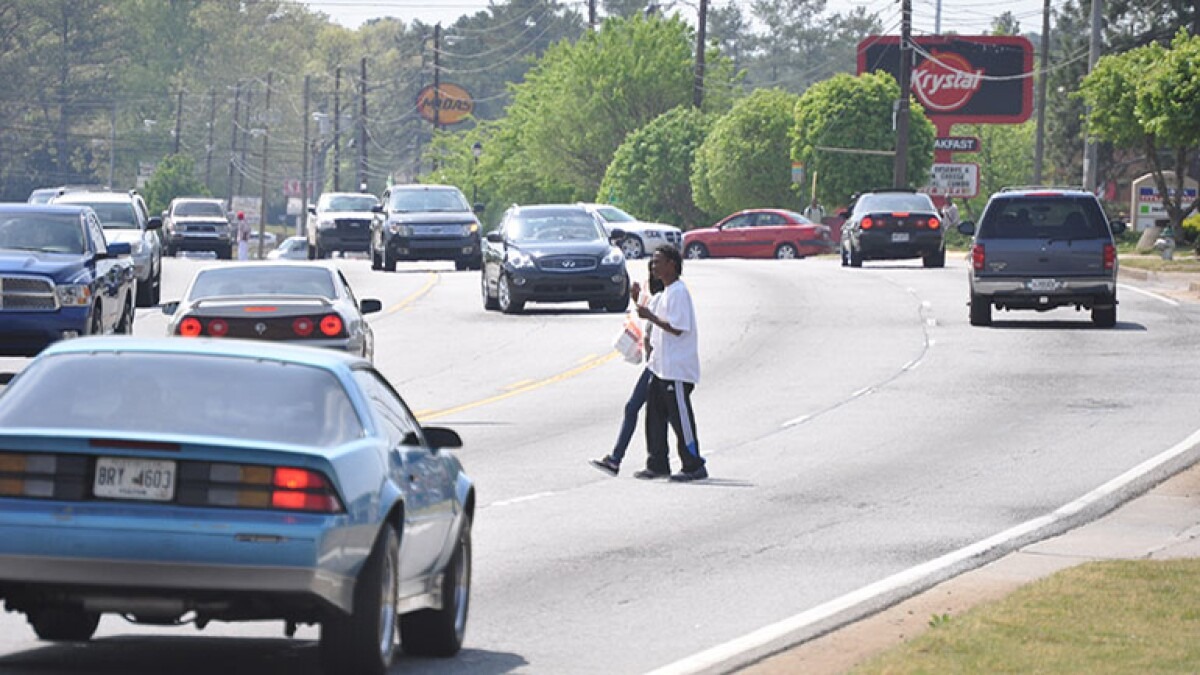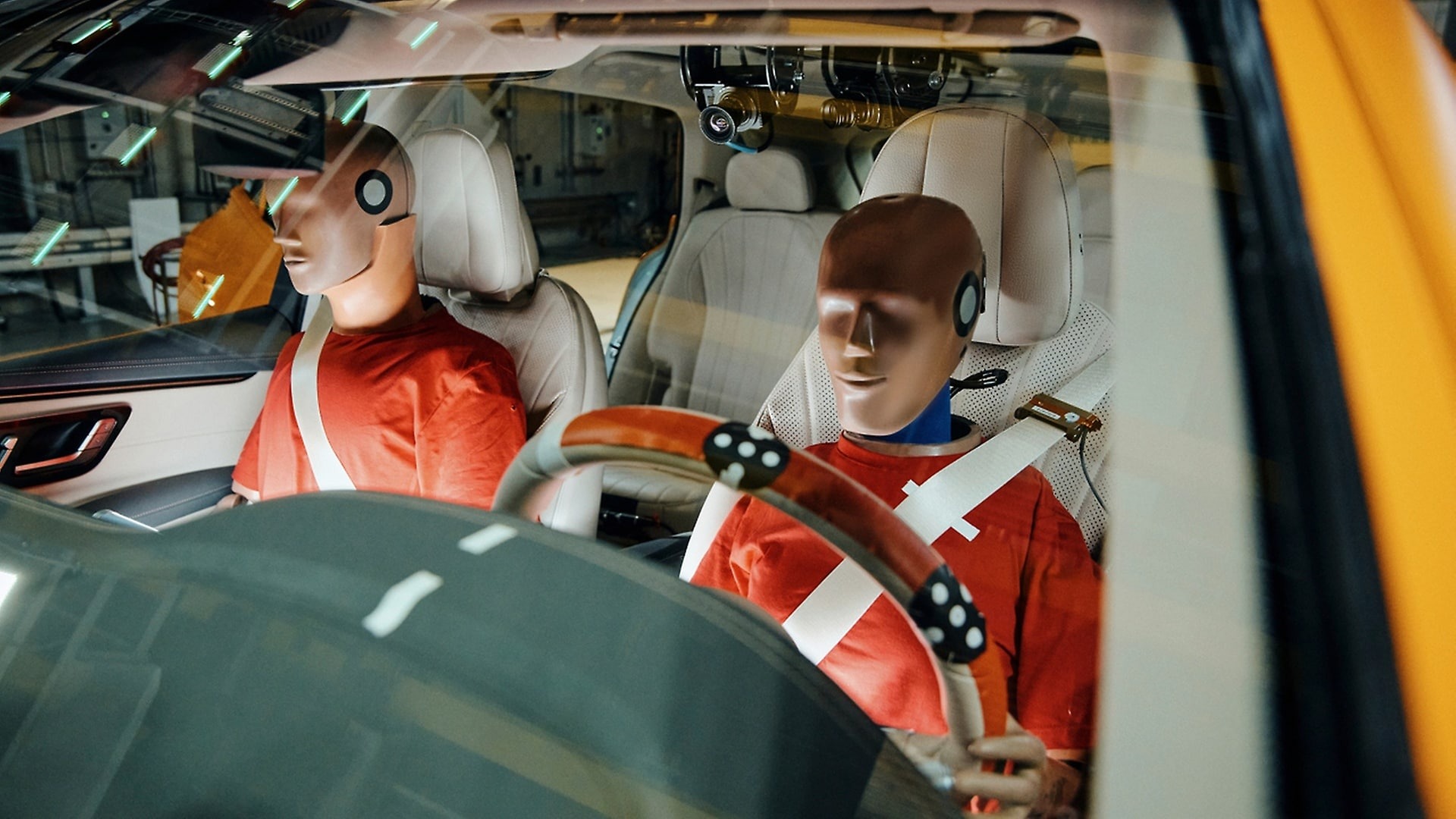In 1950, car ownership in American households reached 60%, but the safety design for occupants was still in its infancy, with regulations only emerging in the US in 1968. The introduction of these regulations led to significant advancements in occupant safety.
Despite researchers recognizing the link between vehicle design and pedestrian injuries since the 1960s, the safety of vulnerable road users, like pedestrians and cyclists, was largely overlooked until the 1980s.
This oversight stemmed from a perception that protecting pedestrians in a collision was nearly impossible and the reluctance of manufacturers to invest in areas lacking legal requirements that were seen as offering limited added value.

Consequently, funding for safety research focused on pedestrians and cyclists lagged behind that for vehicle occupants, and a scientific consensus on necessary vehicle design for pedestrian safety has yet to be established. As a result, current standards are subject to change, and legal implementation remains limited.
However, public demand for regulations to enhance vehicle design for pedestrian safety is growing in many countries, illustrated by the initiation of pedestrian safety testing by consumer-led organizations like the New Car Assessment Programs operating in Europe, Japan, and Australia.
Also Read: How Larger Vehicles and Safety Tech Impact Pedestrian and Cyclist Safety on American Roads
Road Safety Statistics and Challenges
Globally, pedestrians represent approximately one-third of road accident fatalities, but there are substantial regional differences. In highly motorized nations, pedestrian deaths make up about 10-20% of total fatalities, while in less motorized countries, this figure can exceed 50%.
Classified as vulnerable road users, pedestrians face a higher risk of fatality compared to vehicle occupants. Ensuring pedestrian safety from vehicle collisions necessitates a multifaceted approach, incorporating road engineering, vehicle design, legislation, enforcement, and accident avoidance technology.
Ideally, separating pedestrians from high-speed motorized traffic is preferable, and the use of pre-crash sensing technologies paired with autonomous braking can reduce both the frequency and severity of pedestrian-related accidents.
Nonetheless, these measures cannot eliminate all incidents, leaving vehicle-pedestrian collisions as a persistent concern.
It aims to provide a comprehensive overview of the importance of pedestrian and cyclist impacts, with the primary objective of illustrating how the pre-impact movements of these road users, alongside vehicle design, affect subsequent injury outcomes.
This investigation draws from several academic fields, including epidemiology, mechanics, and anatomy/physiology, and thus presents pedestrian and cyclist impacts from a biomechanical viewpoint.
Determinants of Injury Risk
A multitude of factors influences the risk of injury for pedestrians and cyclists during vehicle collisions, with the vehicle’s impact speed being the most critical determinant.

The impact speed of vehicles carries implications for lawmakers in establishing speed limits in urban settings, for automotive engineers focused on reducing vehicle aggressivity, and for biomechanics researchers investigating injury causation.
Additionally, it has legal ramifications regarding determining fault in collision incidents, leading to a recognition that driver-reported speeds are often unreliable; thus, alternative independent methods for estimating vehicle impact speed have been proposed.
Also Read: Lawmaker Pushes Pedestrian Safety Act as SUVs and Trucks Grow in Size and Roadway Fatalities Rise
Common techniques for estimating vehicle speed include analyzing witness statements, examining tyre skid marks on the road, assessing impact locations or damage on the vehicle, and measuring the projection distance of pedestrians.
However, witness accounts can be subjective, and tyre skid marks are becoming less prevalent due to anti-lock braking systems; furthermore, impact locations and damage are contingent on the collision configuration, rendering them unreliable speed indicators.
As a result, alternative methods are necessary, particularly given the well-established correlation between vehicle impact speed and the projection distance of impacted pedestrians and cyclists, known for over three decades.
This chapter discusses accident investigation data related to projection distances for pedestrians and cyclists, comparing these findings with staged tests using pedestrian and cyclist dummies and cadavers.
A theoretical framework for modeling pedestrian impact and projection will be proposed, along with a review of existing models in the literature.
While numerous models exist, the emphasis will be placed on those designed to represent the mechanics of the collision event rather than on various regression models derived from staged tests or accident data.

